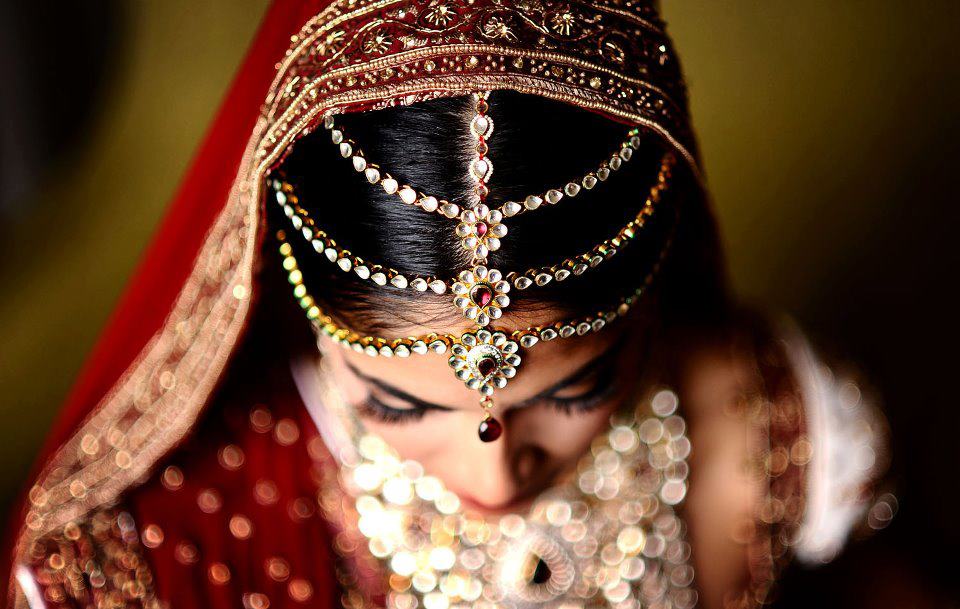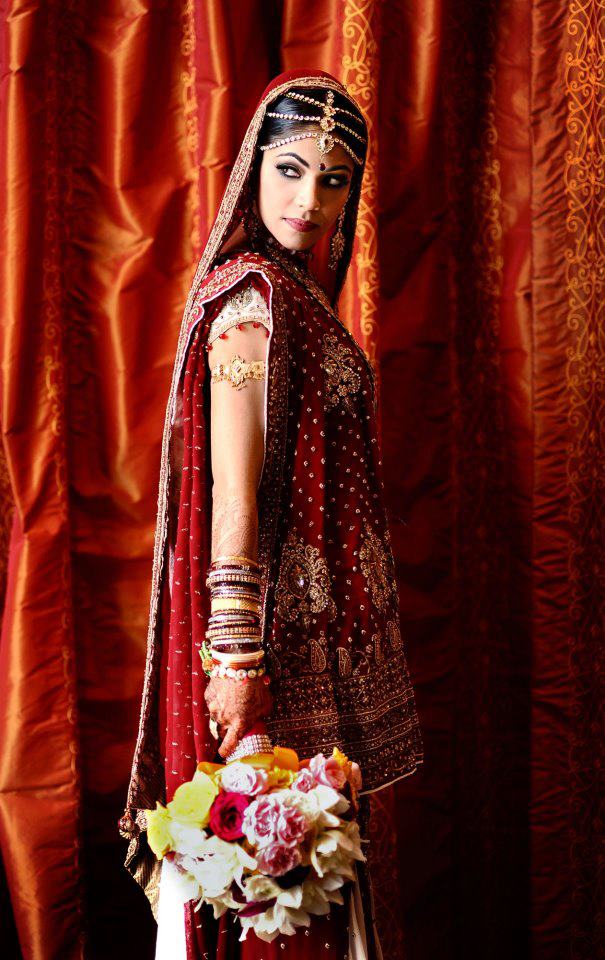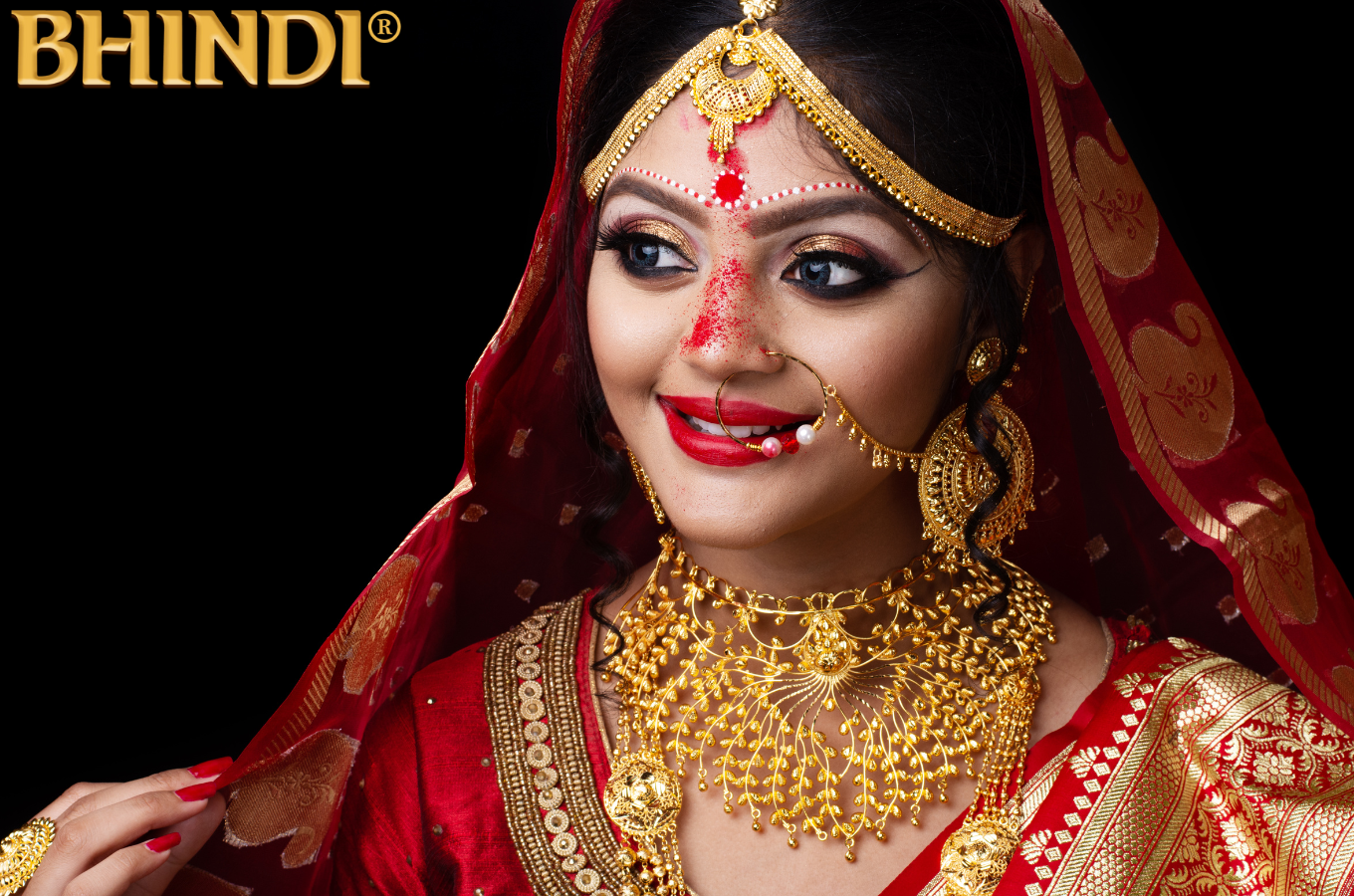In some parts of India, bridal jewelry sets are known for their lavishness and extravagance. This is because weddings are considered very important ceremonies. Gold bridal jewelry is a universal symbol of wealth and good fortune and is worn at weddings worldwide. Some may feature delicate patterns, while others feature large, eye-catching motifs. Some cultures have a penchant for chunky necklaces with ornate motifs, while others prefer dainty chains with pendants.

Bridal jewelry in several regions of India is a vivid reflection of the local arts and crafts scene. The gold wedding sets popular in these areas sometimes feature an array of vibrant colors thanks to the addition of gemstones, beads, or enamel. Artistic designs and the incorporation of key cultural symbols and motifs often set this jewelry apart.
Kundan jewelry is another popular choice due to its distinctive gem-setting technique and eye-catching design. In order to bring out the gemstones' natural radiance, this jewelry style places them on a gold basis in a certain way. The beauty of this jewelry is enhanced by the delicate enamel work in vivid colors often found on the reverse side. Although these looks originated in local customs, they are increasingly popular among modern American brides seeking a more traditional, sophisticated appearance.
Similarly, the jewelry worn at wedding ceremonies in India is rich with symbolism. There are recurring themes and symbols, each having its backstory and meaning. Designs like the peacock, representing elegance and grace, or floral and vine themes, representing fertility and prosperity, are two examples of what you might see in jewelry. These items are meant to bestow onto the bride various virtues and hopes as she begins her married life.

The variety of individual items that make up Indian bridal jewelry sets is another distinguishing feature. Some of the more unusual forms of jewelry include the 'Nath' (a nose ring), 'Bajuband' (armlets), 'Mang Tikka' (a piece that adorns the forehead), and 'Payal' (anklet). Their inclusion in bridal wear differs from one culture to the next, as does each item's significance culturally and symbolically.
Wedding jewelry sets can be made of many materials besides gold and jewels. In various parts of the world, magnificent jewelry is made of silver, beads, terracotta, and threads. There is a wide variety of jewelry worldwide since the materials used typically reflect available resources and aesthetic preferences.
It's also interesting to note the inclination towards particular stones. Rubies, emeralds, pearls, corals, and the ever-popular diamond are frequently used in traditional Indian wedding jewelry. The cultural significance, symbolic color, and regional availability of these stones all play a role in their selection.
Modern brides can choose jewelry that complements their ensembles and is made from eco-friendly materials. Sometimes, a fusion style that appeals to the modern bride combines Western design elements with traditional patterns.
In Conclusion,
The variety of Indian bridal jewelry sets reflects the country's multifaceted cultural heritage. Bridal jewelry in India is known for its rich history, intricate craftsmanship, and symbolic meaning. This is especially true of the gold pieces brides wear on their wedding day.

